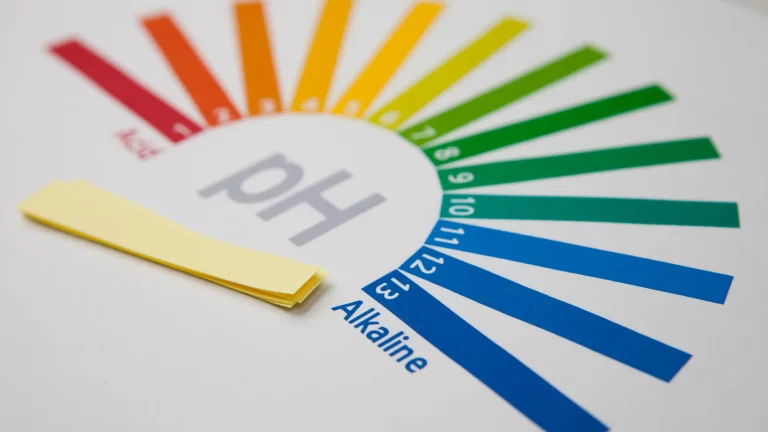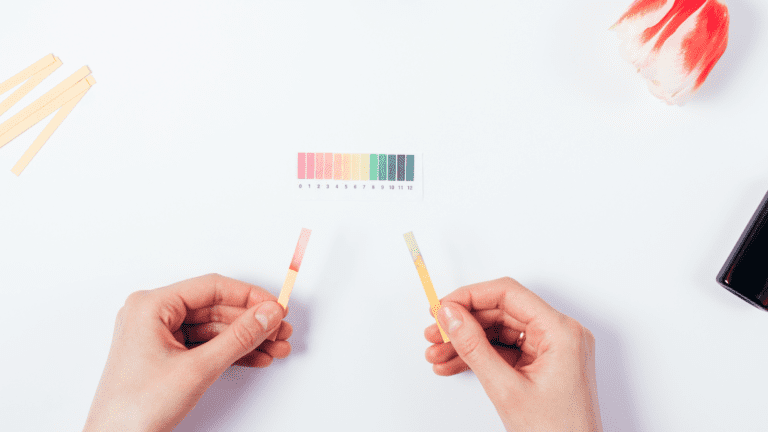BRIEF HISTORY
Electrolyzed reduced water (ERW) is the most common term in the scientific literature.1ERW has an alkaline pH (8-10) and contains molecular hydrogen.1Water ionizers were invented in the early 1900’s. Research on electrolyzed water started around 1931 in Japan where it gained popularity in the 1950’s.2 Around this time, the water was touted as having “healing effects” and was called “shin’nooru solution” or “synnohl liquid”. In 1962, separate water ionizer companies (one from Nagano Prefecture and the other from Kyoto Prefecture) brought the electrolytic apparatus to the Cabinet Welfare Bureau (equivalent to the Japanese Ministry of Health, Labor, and Welfare [JMHLW]) and applied to manufacture the apparatus as a medical device. 4
MEDICAL APPROVAL
However, because some tap waters didn’t have sufficient minerals for efficient electrolysis, it was impossible to produce alkaline water with the same characteristics. Adding calcium lactate to the water solved this problem and allowed an alkaline pH to be produced. With addition of calcium lactate as a prerequisite, approval for a “synnohl liquid manufacturing apparatus” was granted in 1965 and recognized as being a “medical substance generator” under the Pharmaceutical Affairs Law5 as follows:
Cathode Water (Alkaline Ionized Water):
- Drinking alkaline ionized water is effective against chronic diarrhea, indigestion, abnormal stomach or intestine fermentation, acid control, and acid indigestion.
The JMHLW also approved the mildly and strongly acidic waters as medical substance. In 1978 the Korean FDA also approved these devices for similar reasons. The approval process follow virtually the identical criteria and standards as was developed by Japan. Some of suggested that the approvals are totally different, and that Japanese approvals require extensive testing, even clinical trials and up to 5 years or more of vigorous investigations.
SKEPTICISM AND MARKETING
Development of water electrolysis apparatuses continued, and in 1979, a continuous-type electrolytic water generator, which could be directly connected to the tap water, was approved. Shortly thereafter, water filters were added to these machines, and the marketing of alkaline ionized water started to be common.
In June of 1992, a television news program marketed alkaline ionized water as “Wonder Water”. This was a marketing strategy, which showed the water being used in hospitals and giving beneficial effects against diseases, such as diabetes. The media led people to believe that the water was recognized for ailments beyond what it had been approved for. 5
However, because the original approval required addition of calcium lactate, and calcium was already recognized to help with gastrointestinal issues including chronic diarrhea, antacids, and indigestion, the medical community doubted the efficacy of the water itself6—as the benefits could easily be ascribed to the calcium. In December of 1992, product testing by the National Consumer Affairs Center of Japan further cast doubt on the efficacy of the water reporting that it was unrealistic to believe that drinking alkaline water can have similar affects to gastrointestinal drugs, as it would require one to drink more than 10 liters of water to neutralize the stomach acid. 7
VERIFICATION OF BENEFITS
In 1993, a double-blind clinical study (193 people) conducted by the medical school of Kyoto University reported that there was no statistically significant improvement in the gastrointestinal symptoms of those drinking the alkaline ionized water, but a slight trend of improvement was observed. When the Drugs, Cosmetics, and Medical Instruments Act of Japan was revised in 2005, a device for the ERW production was re-authorized as a home-managed medical device for the improvement of gastrointestinal symptoms. 8
CURRENT MEDICAL STATUS
Currently, in order to manufacture and/or sell water ionizers, companies must obtain certified approval by the JMHLW according the Pharmaceutical Affairs Law.9 Actually if a device makes water with a pH of 8.5 or higher then it must obtain the approval.9 The device is inspected to assure safety and ability to produce alkaline water (e.g., pH 9.5) according to the JIS-T 2004 performance test method.10 This is similar to the American FDA, in requiring products like dental floss, examination gloves, wheelchairs, etc.). After meeting the requirements, an approval number is granted. Commercial products must show this approval number. There are at least eighteen different water ionizer companies that have been approved and certified by the JMHLW. Because all machines must comply with the same requirements for medical approval, the products have the same basic electrolytic cell structure as well as the same basic principles of electrolysis, so there are no significant differences between the various machines in terms of platinum purity, design.11 However, the concentration of dissolved hydrogen and the level of maintenance required (or that is possible) can vary significantly (see article).
MARKETING PROHIBITIONS
In Japan the Pharmaceutical Affairs law has also issued strict prohibitions12 regarding marketing, advertising, and making claims. For example, the names of ERW produced from ionizers must not suggest beneficial effects (e.g. Wonder Water, magical water, etc.). Advertising claims must not exceed or suggest more than those for which it was approved. The fact that these units have been classified as medical devices do not offer any evidence for their potential to treat and or prevent disease. It has also been claimed that the majority of hospitals in Japan use and prescribe ionized water to their patients, but this is also not true. Many medical doctors in Japan have never seen or even heard of a water ionizer being used for hospital patients. There was an early Japanese advertisement that made it appear that this was the case, but it is not.
Read Mildly Alkaline Ionized Water: Characteristics, Benefits, And Future







